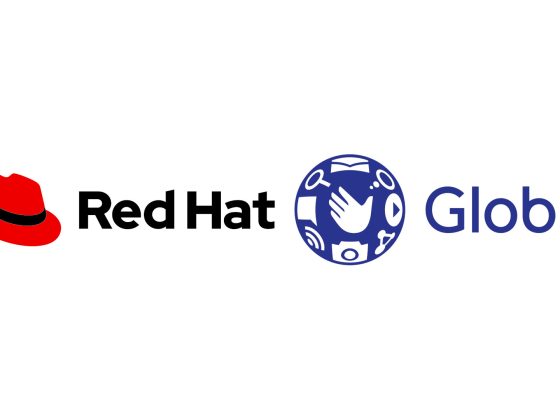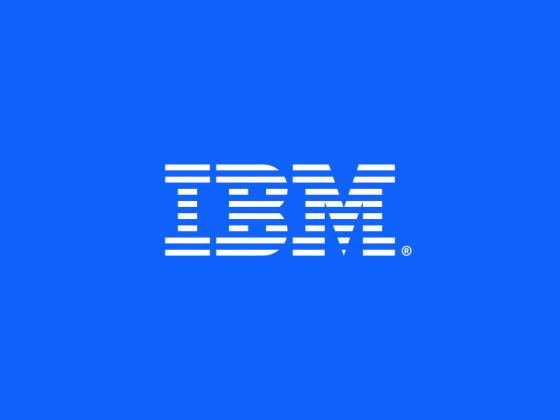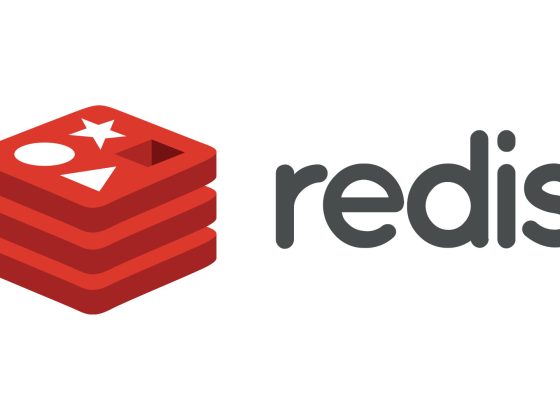Historically the focus of the app industry has been user acquisition (UA). Standard tactics and best practices are now widely available, which anyone can use to refine their strategy. As UA becomes more expensive, however, and conversion strategies are already highly optimized, there has been a shift in focus towards stronger engagement with existing users and retaining them over time. And rightly so, as Nir Eyal, author of Hooked and Indistractable, points to:
“People don’t appreciate that they can always buy growth, but you can’t buy engagement, it has to be built into the product. Unless you have a crappy product, it’s much more cost effective to spend resources on keeping existing customers than finding new.”
But it can be more complex to achieve retention goals compared to optimizing at the top of the funnel. Many developers find it hard to take even the first steps towards making retention a higher priority. Various definitions, non-actionable metrics, as well as a lack of clear ownership or industry standards, make it even harder. .
From our partners:
Google Play partnered with ‘The Behavioural Architects’ to develop a set of best practices around retaining users, based on the experiences of subscription app developers, based on developers’ experiences. In this article we’ll investigate three methods that can help you unlock a successful retention strategy by:
- Understanding how habits are formed.
- Analyzing the patterns of behavior among the retained users.
- Setting and tracking the best retention metrics for your app.
These three methods will enable you to redesign the user journey with a retention focus and encourage users to return to the app.
It is important to note that improving retention is not the same as preventing churn, which will be discussed in an upcoming article. Retention strategies are focused on increasing the chances of users returning to your app within a given time frame throughout the whole user journey. Preventing churn is focused on specific patterns and events that result in disengagement and unsubscribing.
For more on retention and churn, be sure to check out the full report, including many more case studies.
Method 1: Optimize for habitual use
Why is habitual use important? A user that uses your app habitually needs little conscious effort. They don’t need to be drawn in, and don’t need to be reminded of your value. This is because they see your app as an essential part of their lives — be it as a tool or a means of entertainment.
To what extent, then, can you optimize your app experience to encourage habitual use? It turns out quite a lot! Experts at ‘The Behavioural Architects’ explain how habits are formed through four elements:
If a person is repeatedly motivated to do something, is able to do it easily, receives a helpful trigger, and is rewarded at the end, then they are likely to build a habit around that action. Remember, every user interaction is an opportunity to move towards building a habit. Therefore, look across all user touch points (from on-boarding to customer service) to see if you’re making habit formation easy for the user. For each element, ask yourself:
Motivation: why is the user here? What are they looking for? Aside from the obvious offering of your app, what differentiates it from competitors?
Ability: how can we make it as easy as possible to use the app? Are you making the user journey frictionless?
Trigger: how can you nudge people towards a certain action? When is the best time and at what frequency should you engage? Can users set their preferences?
Reward: are you rewarding your users? What is the purpose of giving users a reward? How should we reward our users? How large and frequent should the reward be?
Let’s take a look at how developers put it into practice. Audiomack is a music app that allows users to build collections of their favorite music to listen to offline, while offering artists a platform to publish their music. They’re a great case study to illustrate a successful strategy that aimed to build habitual usage among users.
- Motivation: first time users are encouraged to specify a few artist or genre choices from a random selection, allowing Audiomack to surface related content in the main app.
- Ability: the entire app is designed with ease in mind: easily navigable, simple controls and a balanced first-time experience.
- Trigger: during the sign-up process (and afterwards) users are able to set notification options that ensure they receive triggers when they’d be most effective, such as when a followed playlist is updated.
- Reward: relevant suggestions allow users to celebrate their love of music and expand their collection.
Method 2: Identify meaningfully retained users and scale their paths to other cohorts
By analyzing user groups that have been retained over the long-term, and breaking down what key features they have used and at what frequency, you can identify drivers of retention. Once you define a meaningfully retained user for your app and scale this to create a habit path for other users, you can look to cohort analysis. It can help you organize and assess those not-yet-retained users and put them on the right path.
So, who are meaningfully retained users?
Getting an understanding of who is meaningfully retained — as opposed to returning frequently but not engaging deeply or generating revenue — is critical to this process, but as noted by Andy Carvell, Partner & Co-founder at Phiture:
“You can incorporate the core action and type of engagement you want to see into the retention metric itself. This provides a defined view of a meaningfully retained user: users who actually come back into the app to do something valuable — not just users who come back to the app.”
If you’re able to understand how your meaningfully retained users behave and what they do on their journey, you can design paths and cues to steer other users towards developing the same habits. These patterns could involve expected trends or surprising results. You may find that your most meaningful users spend the most time in their account settings or send support tickets on a monthly basis.
Quickbooks have used this approach to great success. Having identified ‘linking a bank account’ as a meaningfully retentive action, they increased messaging encouraging users to take this step. This strategy has spread to other desirable interactions, with pre-tested messaging ready to deliver encouragement to users who are straying from the preferred path.
Creating your cohort strategy
Not all of your users will be easily encouraged onto the path of your ideal meaningfully retained user — but that doesn’t mean you can’t work on retaining them with greater success. You can create different paths to drive retention for your different user groups.
The most important step around cohorts is creating something you can action with the capabilities and capacity your team has. Remember: A simple strategy is better than none at all. Start broad, refine, and gradually build the most nuanced understanding you can.
The simplest cohorts are defined in the broadest demographic terms: location, device type, acquisition channel, etc. As a first step, this allows you to tailor the experience to these groups, which could involve localization, changes to the UI design, or surfacing specific types of content.
Lifesum uses top-level cohort data to inform the earliest user experiences. Serving multiple ad creatives, they track which image or messaging attracted the user and ensure their first experience with the app reflects what caught their eye. Clicking on a keto diet ad, for example, would result in a user seeing keto options more prominently in the app.
Once you’ve developed some cohorts and have a baseline for success, dive deeper into the data for improved results. Applying advanced analytics and machine learning can help uncover insights that are not reflected in top-level data.
Method 3: Create retention metrics that actually reflect your app
Find the natural rhythm of your app
Apps come in all shapes and sizes, and crucially serve different purposes. Instead of searching for an industry standard, look at how your current retained users have behaved historically, perhaps making purchases several times a month, opening the app daily or configuring their profile within two weeks. This will be unique to your app! With an understanding of your app’s purpose, look at data about the past behavior of retained users and establish a timeline of use that you can apply to your vertical.
Think long-term, and blend timing with actions
The first few days are critical for engagement but retention is a long-term strategy. As you develop a sense of typical user journeys, you can establish benchmarks at specific time intervals, typically at one, three and seven days. When looking for metrics that indicate long-term retention, you’ll likely need to look at longer periods, such as 30, 60 or even 90 days.
Establishing benchmarks in the format ‘users who have done [a number of actions] by [a specific day] are generally retained for [a long period of time]’ is a powerful way to predict retention. Using this idea, you can prioritize resources, deliver highly targeted suggestions to specific cohorts and encourage users along paths that lead to long-term retention.
Mobills found that if users engaged above a certain level during any 30-day period, they were likely to retain for another three years. Based on this, they were able to reduce the attention and strategizing around this group and focus on more at-risk cohorts.
_________
Testing your results on an ongoing basis is critical. Even base assumptions, like your established retention metric, might need to be examined once in a while. People change, use cases change and apps themselves change on a regular basis. As Sunil Thomas with Peggy Anne Salz and John Koetsier reflect in Retention Master Class:
“If you really want to solve retention, and you think holistically, that includes messaging, omni-channel, real, deep segmentation, personalization, there are many things that have to come together. A mindset of experimentation and iteration, right? You’ve got to be able to iterate, measure, experiment, iterate again.”
Hopefully this article has been helpful in outlining some starting strategies for optimizing user retention. The most important message underlying all of these steps remains that retention should be an ongoing, company-wide concern. With teams working together, all stages of the user journey and related communications can be aligned to promote habit forming and steer users towards behaviors that drive retention.
For more on retention and churn, be sure to visit:
What do you think?
Do you have thoughts on how to build an effective retention strategy? Let us know in the comments below or tweet using #AskPlayDev and we’ll reply from @GooglePlayDev, where we regularly share news and tips on how to be successful on Google Play.
For enquiries, product placements, sponsorships, and collaborations, connect with us at [email protected]. We'd love to hear from you!
Our humans need coffee too! Your support is highly appreciated, thank you!








